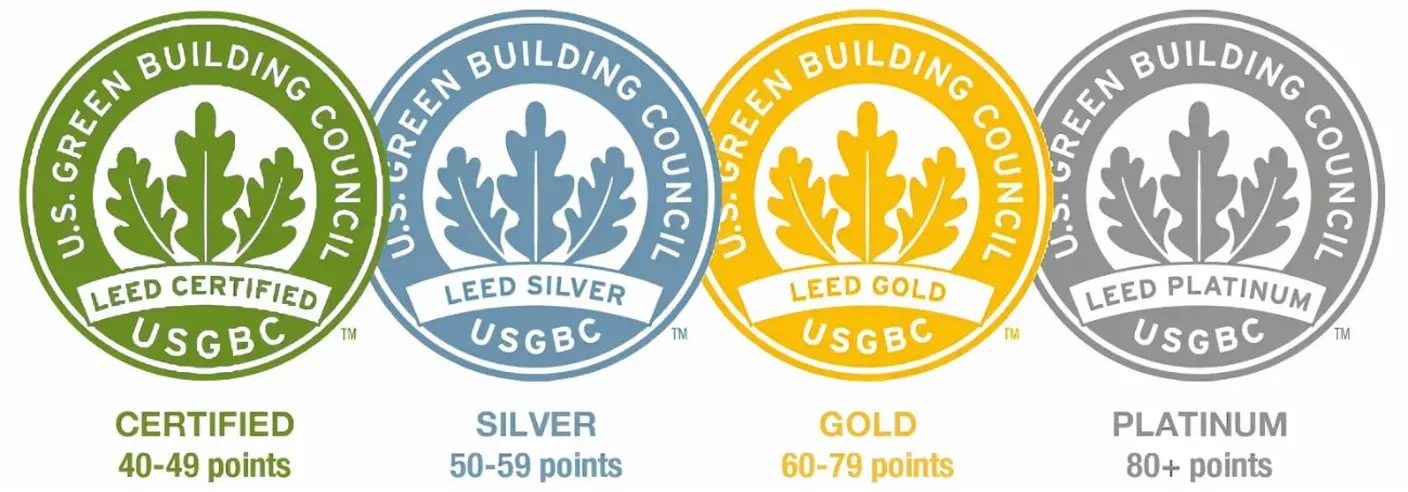Achieving true sustainability in green building means more than adding solar panels or choosing recycled materials. It requires a complete shift in how we think about construction — from planning and investment to training and collaboration.
Thinking Long-Term
One of the biggest challenges is the way the industry measures success. Many developers still focus on short-term profits and quick returns, which can make green solutions seem too costly at first. True sustainability means looking at the bigger picture: lower energy bills, better indoor environments, and long-lasting value for owners and communities. Buildings should be judged not only by what they cost to build, but by what they save in the long run.
Stronger Collaboration Across the Industry
Sustainable buildings cannot be created in isolation. It takes cooperation between architects, engineers, contractors, suppliers, and even city planners. Governments must play their part by offering incentives and clear regulations, while businesses and universities help train professionals with the right knowledge and tools. When different parts of the industry work together with a shared vision, change becomes possible.
Skilled and Sustainability-Minded Talent
To build better, we need people who understand how to design and construct sustainably. This includes architects who can apply passive cooling strategies, engineers who can calculate energy performance, and builders who know how to work with eco-friendly materials. Training and education are essential, starting from foundation-level studies all the way to specialised degrees in sustainable design and construction.






